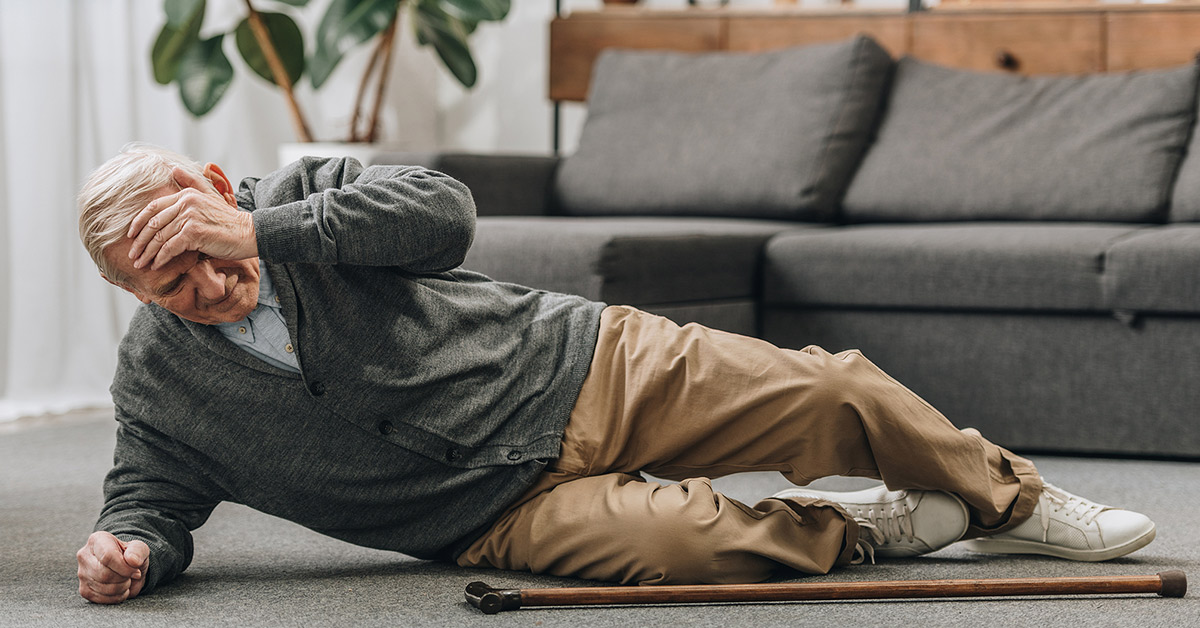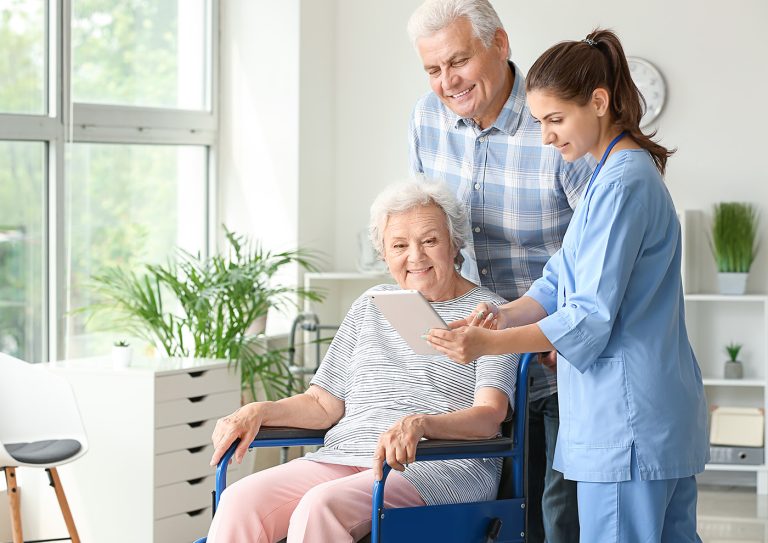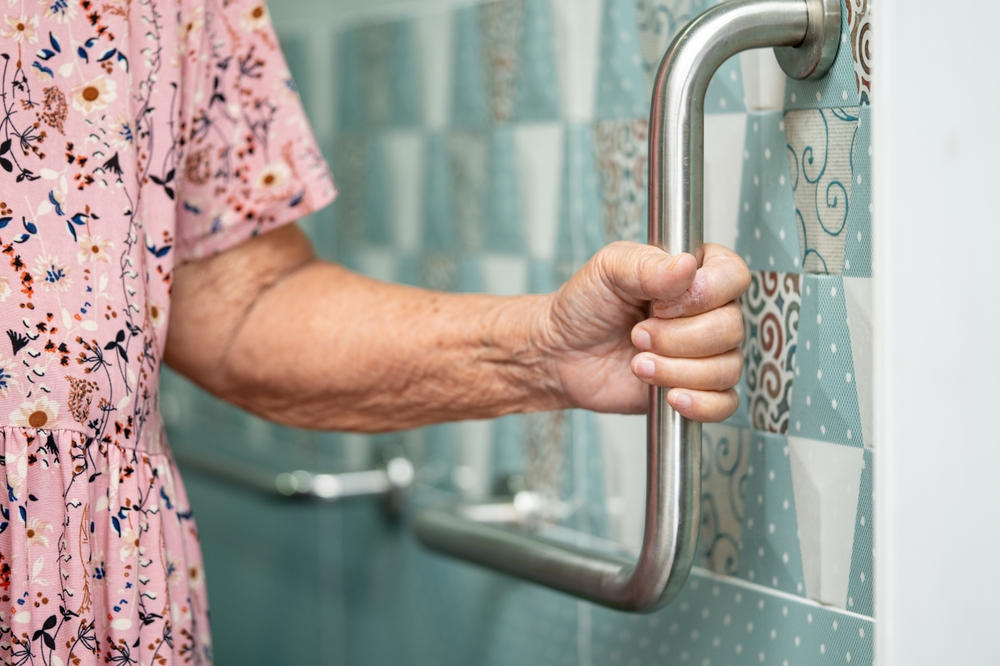As our loved ones age, ensuring their safety becomes a top priority. One of the biggest concerns for family caregivers is the risk of falls. Fortunately, with the advent of technology, fall detection with daily health check-ins offers a promising solution to enhance the safety and well-being of seniors. This article explores how this blend of innovation and care can make a significant difference in the lives of the elderly.
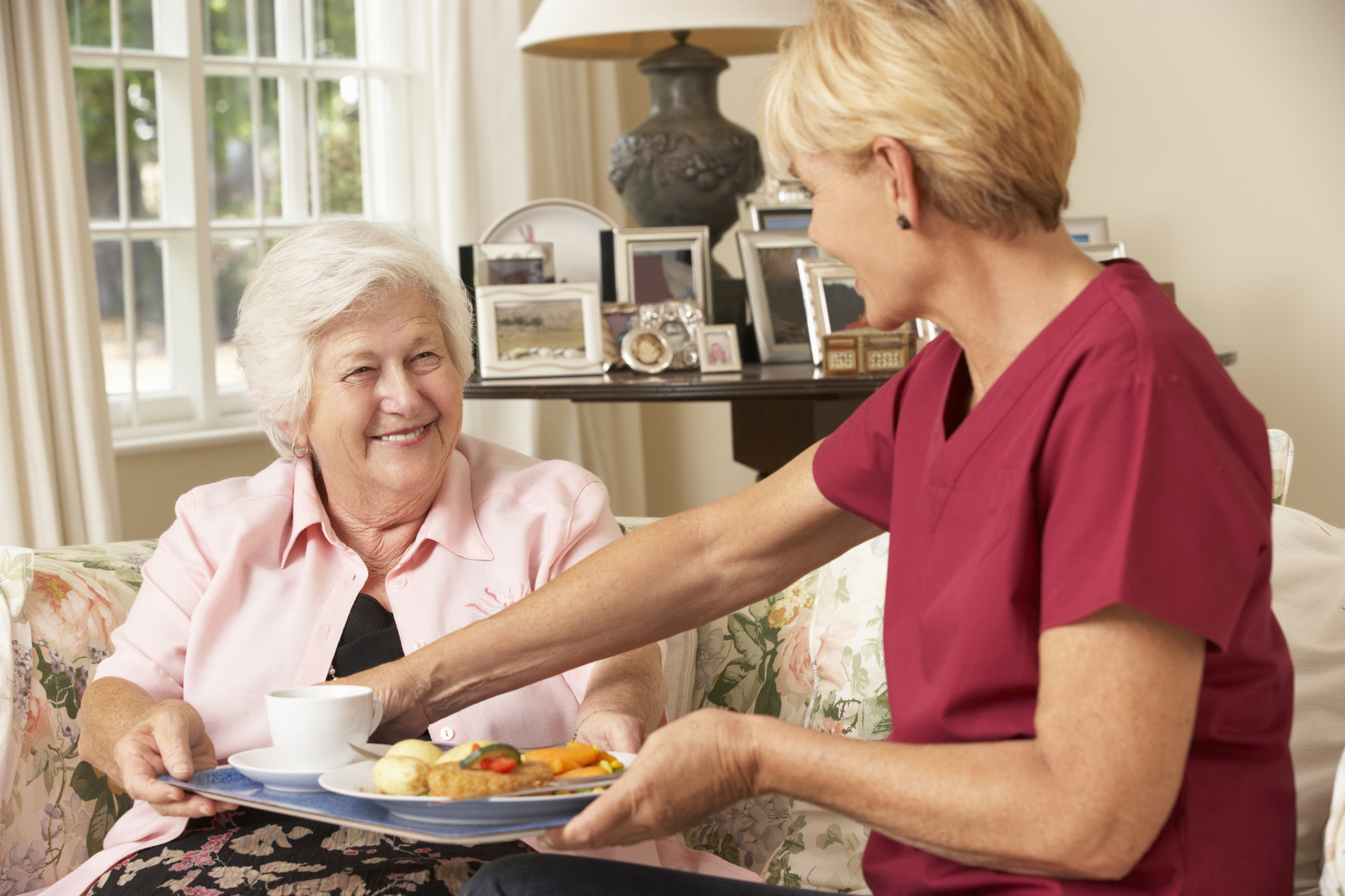
Understanding Fall Detection
Fall detection systems are designed to identify when a person has fallen and to alert caregivers or emergency services immediately. These systems use sensors and algorithms to distinguish between normal movements and falls. With daily health check-ins, these systems also monitor the individual’s overall health, providing a comprehensive view of their well-being.
How Fall Detection Works
Fall detection technology typically involves wearable devices equipped with accelerometers and gyroscopes. These sensors measure movement and can detect sudden changes that indicate a fall. When a fall is detected, the system sends an alert to designated contacts, ensuring timely assistance.
The Role of Daily Health Check-ins
Daily health check-ins complement fall detection by providing regular monitoring of vital signs and other health metrics. This continuous data collection helps identify potential health issues before they become serious problems. It also allows caregivers to make informed decisions about the care and support needed by their loved ones.
Benefits of Daily Health Monitoring
By routinely tracking health data, caregivers can notice trends and changes in the individual’s health status. This proactive approach enables early intervention, potentially preventing falls and other health complications.
Integrating Technology in Elderly Care
Integrating technology in elderly care is becoming increasingly important as the population ages. Solutions like fall detection with daily health check-ins provide peace of mind to family members and improve the quality of life for seniors. These systems are easy to use, non-intrusive, and highly effective in ensuring safety.
Privacy and Security Considerations
While technology offers numerous benefits, it’s essential to address privacy and security concerns. Many fall detection systems, such as privacy-friendly solutions, are designed to protect user privacy while providing reliable safety features.
Choosing the Right Fall Detection System
When selecting a fall detection system, consider factors such as ease of use, accuracy, and compatibility with existing devices. It’s also crucial to choose a system that offers real-time alerts and integrates well with daily health check-ins.
Comparing Available Technologies
There are various fall detection technologies available, from wearable devices to smart home sensors. Each option has its advantages, and the best choice depends on the individual’s specific needs and lifestyle.
Implementing Fall Detection and Health Check-ins
Implementing a comprehensive fall detection and daily health check-in system involves setting up the necessary devices and educating users and caregivers about their operation. This process ensures that everyone involved is comfortable and confident in using the technology.
Training and Support
Providing training and ongoing support is vital to ensure the successful adoption of these technologies. Caregivers should be familiar with the system’s functions and know-how to respond to alerts promptly.
Real-life Success Stories
Many families have already experienced the benefits of fall detection and daily health check-ins. These technologies have prevented countless falls and improved the overall health of seniors, offering peace of mind to caregivers.
Case Study: The Smith Family
The Smith family implemented a fall detection system for their elderly mother. Since then, they have noticed a significant reduction in falls and improved health outcomes. This case study highlights the positive impact of integrating technology in elderly care.
The Future of Elderly Care
The future of elderly care is bright, with technology playing a central role in enhancing safety and quality of life. Fall detection and daily health check-ins are just the beginning, as innovations continue to evolve and improve.
Emerging Trends and Innovations
Emerging trends in elderly care technology include the use of IoT sensors and artificial intelligence. These advancements promise even greater accuracy and efficiency in monitoring and ensuring the safety of seniors.
Conclusion
In conclusion, fall detection with daily health check-ins is a powerful tool for enhancing the safety and well-being of seniors. By leveraging technology, families can provide better care and support for their loved ones, ensuring a safer and healthier future.
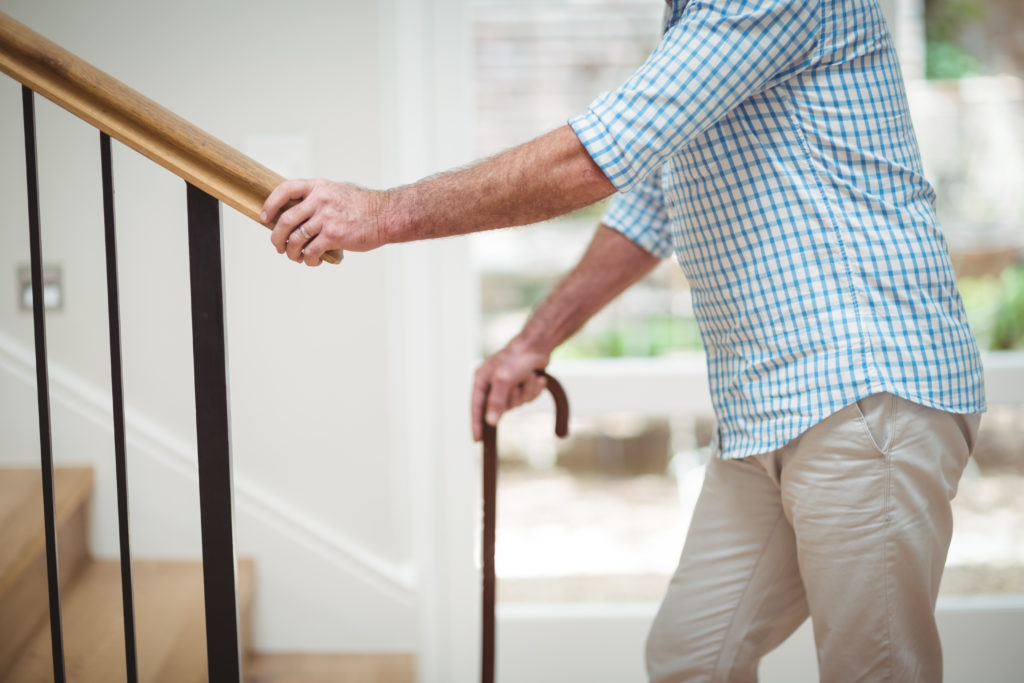
FAQs
What is fall detection with daily health check-ins?
Fall detection with daily health check-ins is a technology-driven approach that combines fall detection systems with regular health monitoring to ensure the safety and well-being of seniors.
How do fall detection systems work?
Fall detection systems use sensors and algorithms to identify when a person falls and send alerts to caregivers or emergency services, enabling a prompt response.
What are the benefits of daily health check-ins?
Daily health check-ins provide continuous monitoring of vital signs and health metrics, enabling early intervention and preventing potential health issues.
This article contains affiliate links. We may earn a commission at no extra cost to you.

